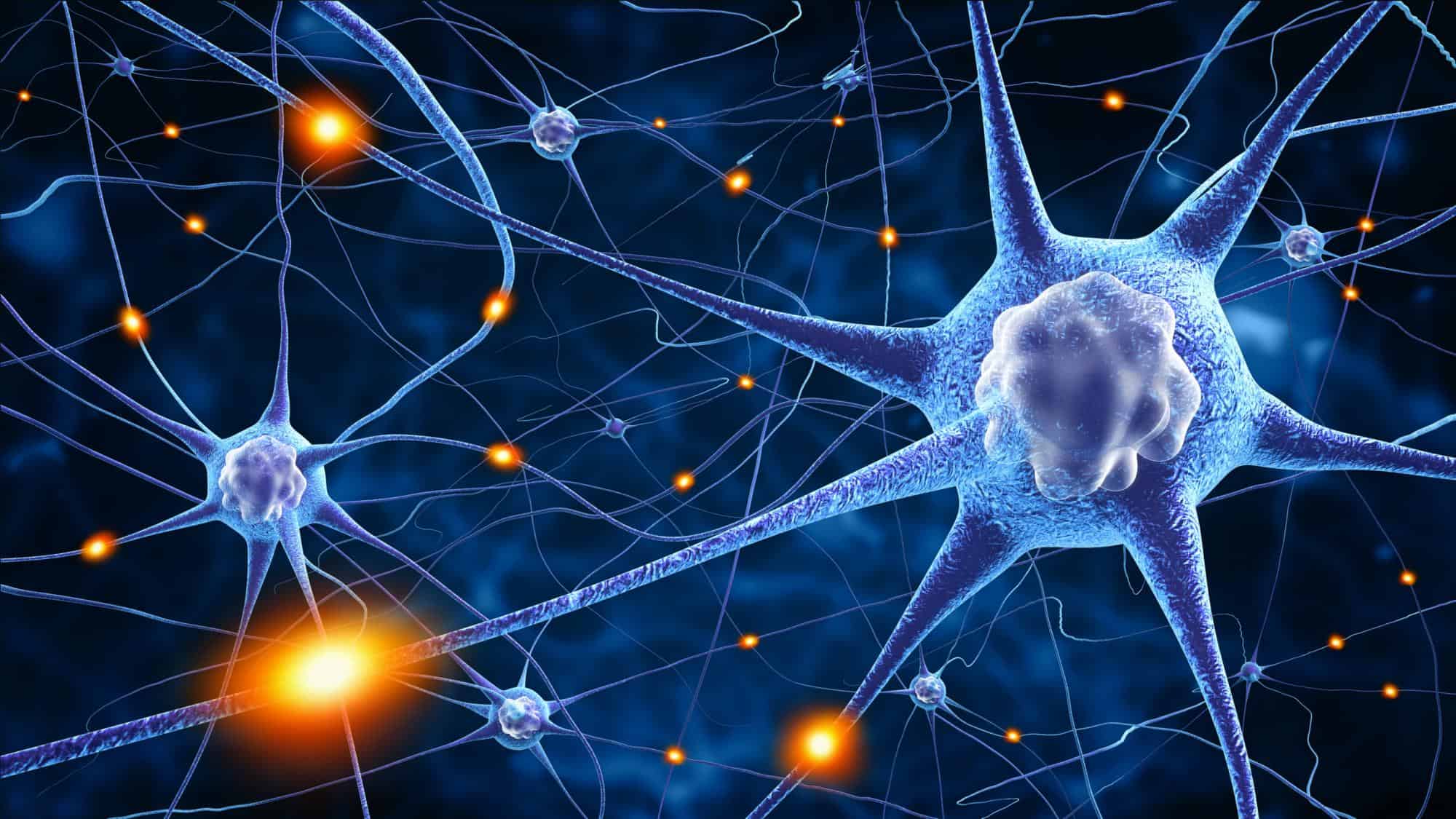Core Practical 4 – From Topic 2 (Genes and Health)

Aim
To investigate the effect of enzyme concentration on the initial rate of reaction.
Independent Variable
Protease concentration (measured in percentage)
Dependent Variable
Time taken for enzyme to breakdown substrate (in seconds)
Control Variables
- Temperature – measure temperature of water bath with thermometer and make sure it is constant for repeats
- Volume of enzyme solution – 2 cm³ of the protease enzyme solution will be used each time
- Volume of substrate – 5 cm³ of casein solution will be used each time
- Concentration of substrate – same concentration of casein should be used for all repeats
Equipment
- Range of protease (trypsin) concentrations (e.g. 0.2%, 0.4%, 0.6%, 0.8% and 1%)
- Casein solution
- Thermometer
- Marker pen
- Water bath
- Stopwatch
- Test tubes
- Test tube rack
- Distilled water
Control
Enzyme concentration of 0.0% (distilled water) can be used and added to the casein solution. Results can be compared to this control result.
Method
- Set up a water bath so that the temperature can be kept constant.
- Mark an ‘X’ on one side of a test tube using a marker pen. Fill this test tube with 5 cm³ of casein solution and place it into the water bath alongside a second tube containing 2 cm³ of the lowest concentration trypsin (e.g. 0.2%).
- Allow both substances to acclimatise for 3 minutes so that at they are both at the same temperature.
- Add the test tube of trypsin to the casein and start the stopwatch. Time how long it takes for the casein solution to turn transparent. This is when you can clearly see the shape of the ‘X’ mark.
- Repeat this a further 2 times and then repeat for the other concentrations of trypsin (e.g. 0.4%, 0.6%, 0.8% and 1%).
Results & Calculations
Any recordings should be noted down in an appropriate table and a graph can also be drawn. Mean values should be calculated using repeat data. The initial rate of reaction can be calculated using the following equation:
Rate = 1 ÷ Time (seconds)
Conclusion
The initial rate of reaction is directly proportional to the enzyme concentration because the more enzymes that are present, the greater the number of active sites that are available to form enzyme-substrate complexes. The increase in rate will continue in this linear fashion assuming that there is an excess of substrate. This trend is shown on the image below.
Only a specifically shaped substrate will induce the correct change in shape of an enzyme’s active site. The slight change in shape of the active site enables the substrates to react. This is known as the induced fit theory and is currently more widely accepted than the lock-and-key theory.

Rate of reaction vs enzyme concentration
Evaluation Points
- Failure to maintain a constant temperature (random error) – carry out reactions at room temperature
- Identifying end point inconsistently when ‘X’ mark was hard to see (random error) – use colorimeter method instead to measure transparency/transmittance of light through the casein/trypsin mixture at regular intervals







Leave a Reply